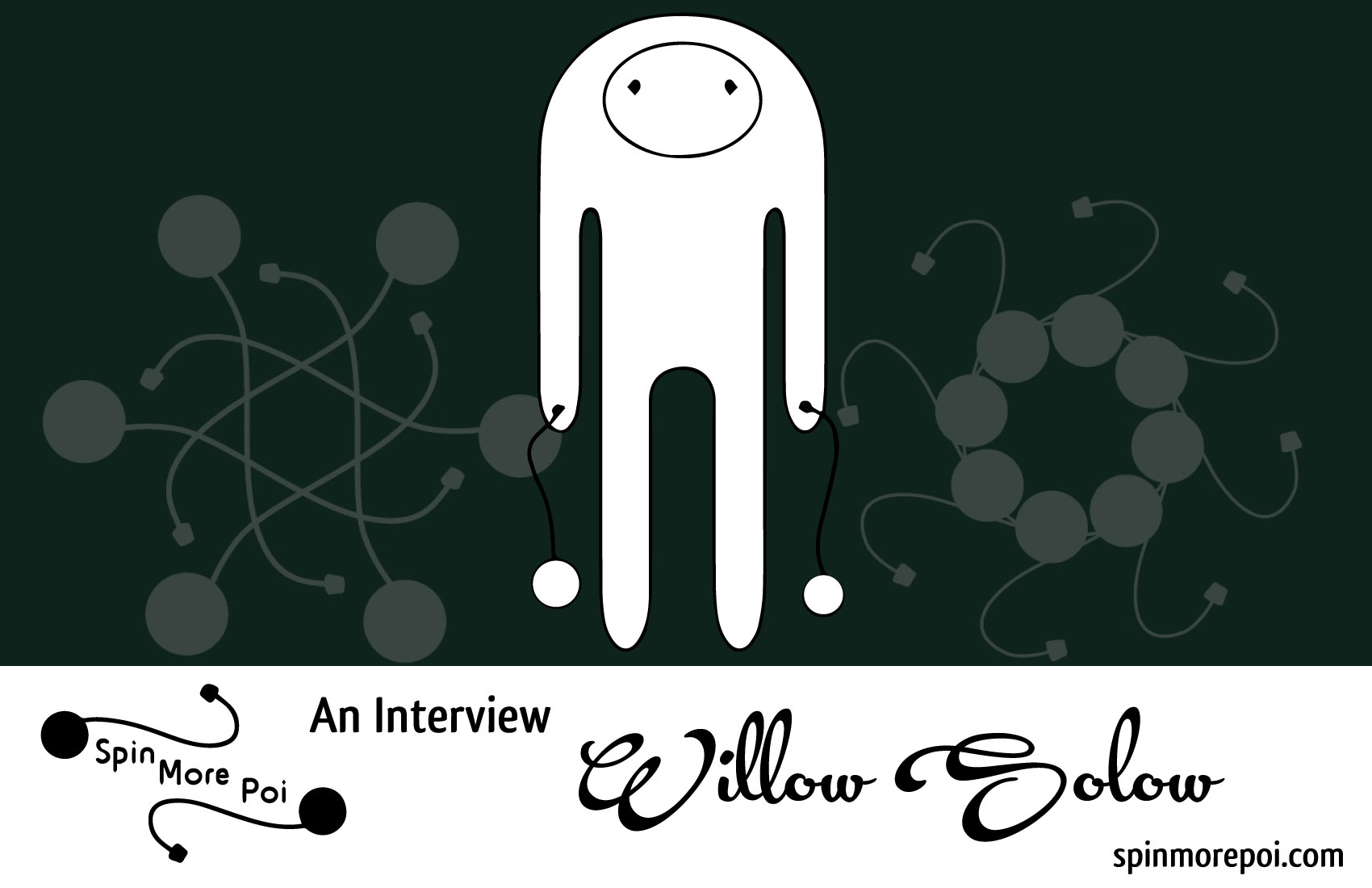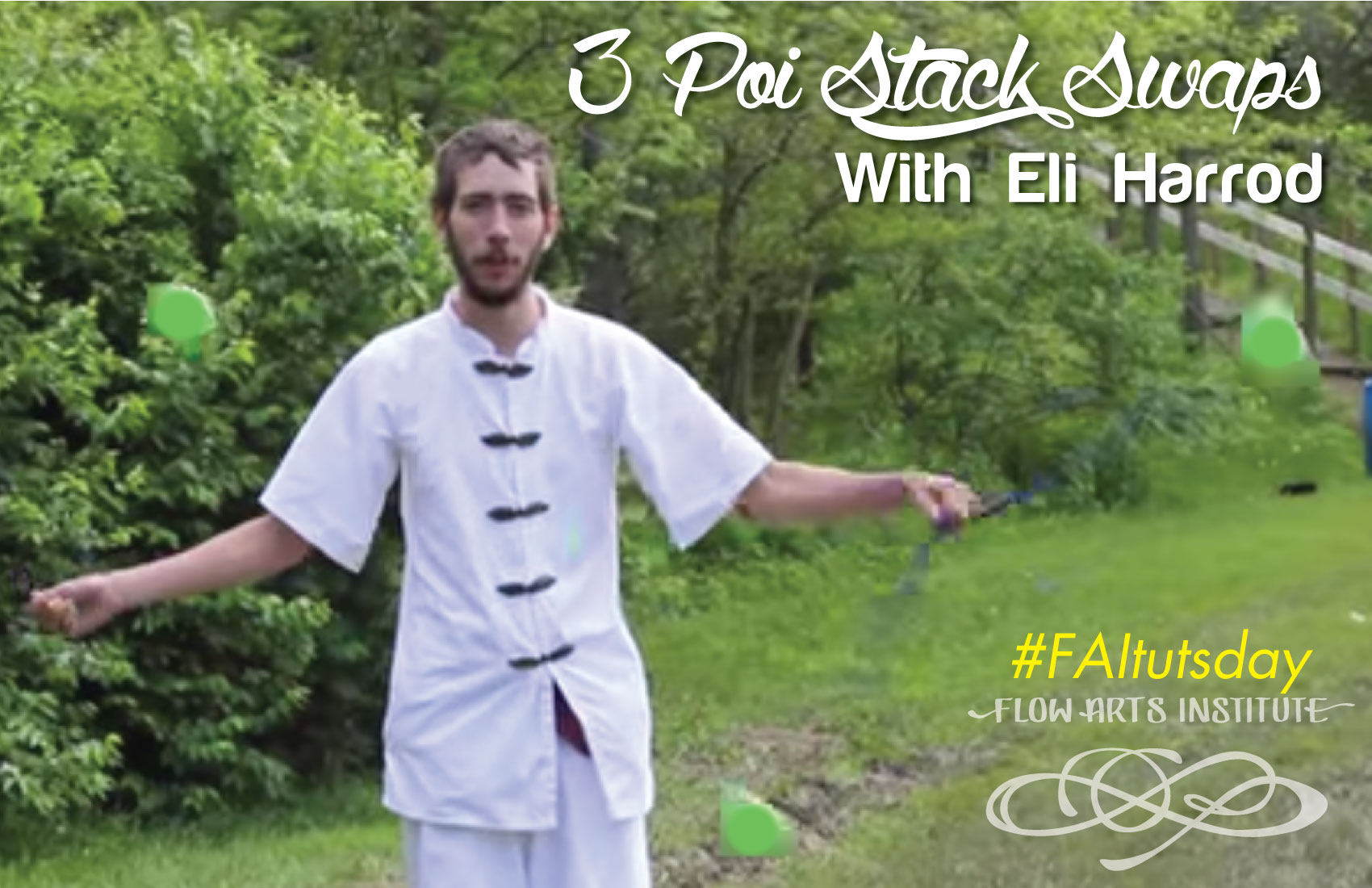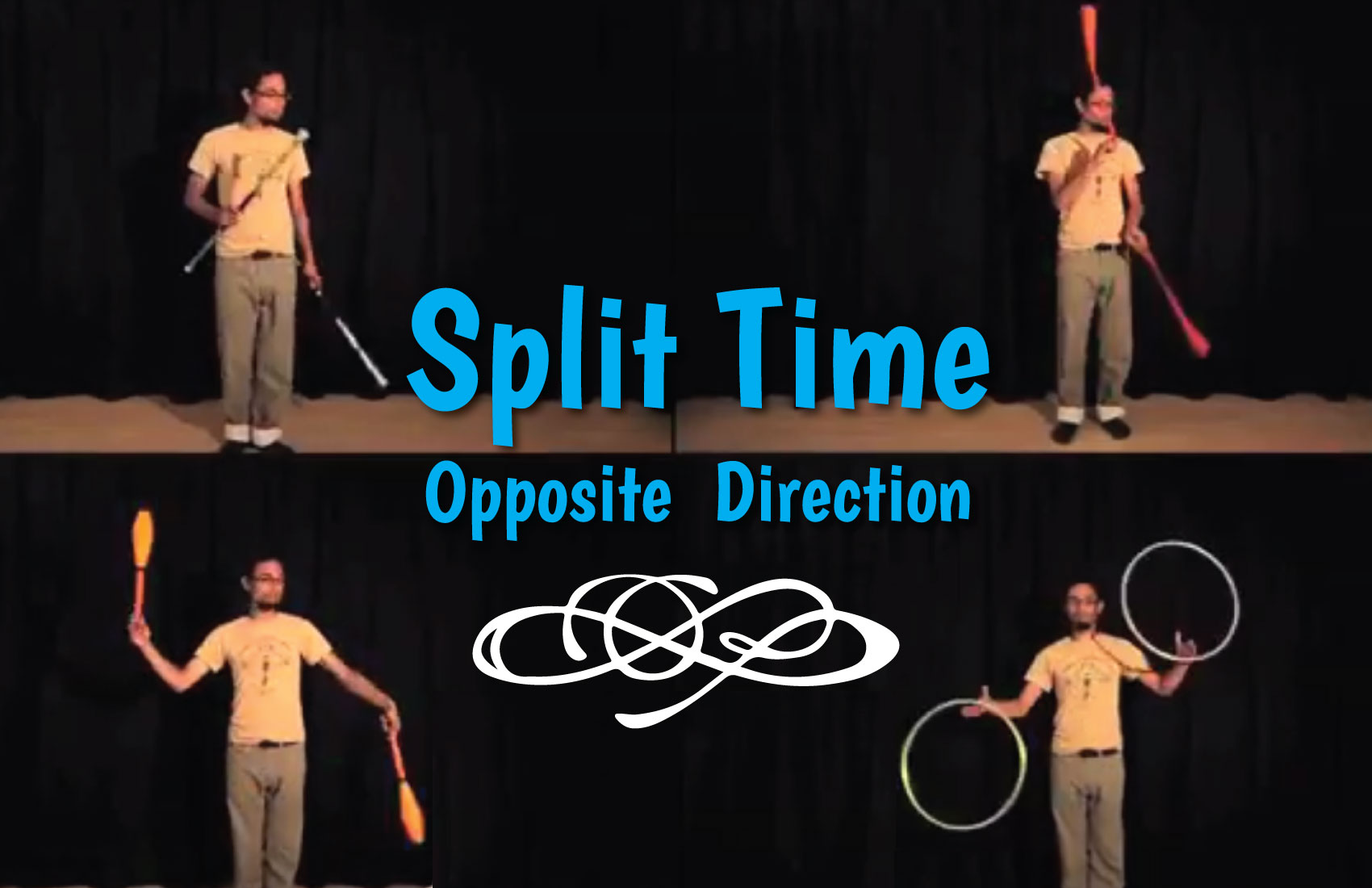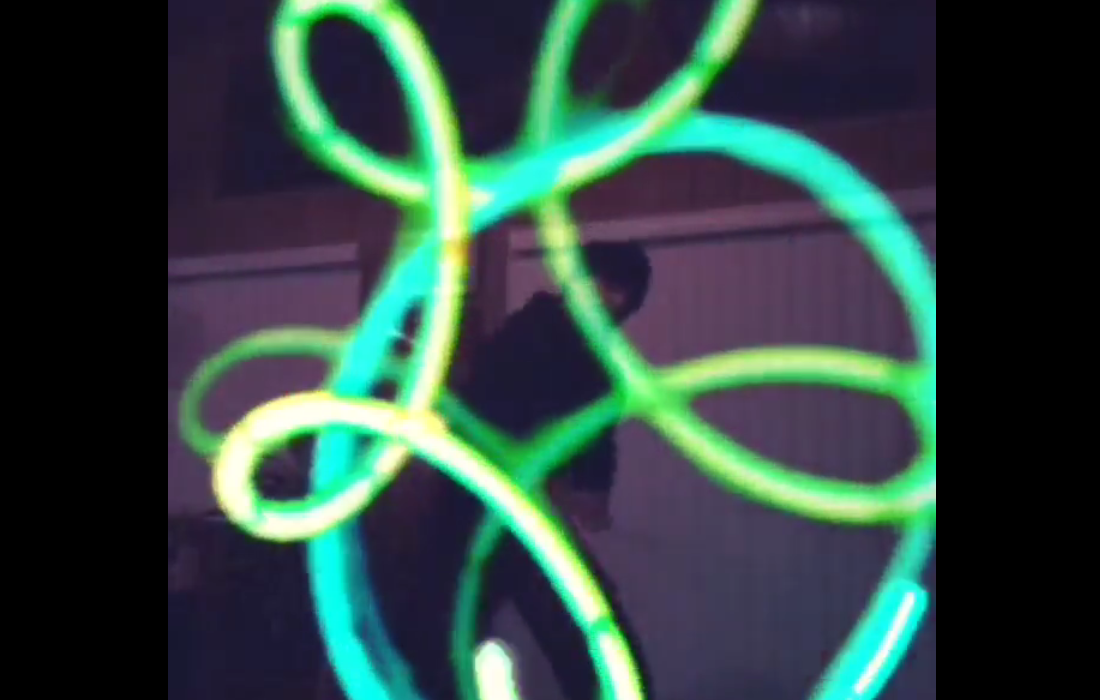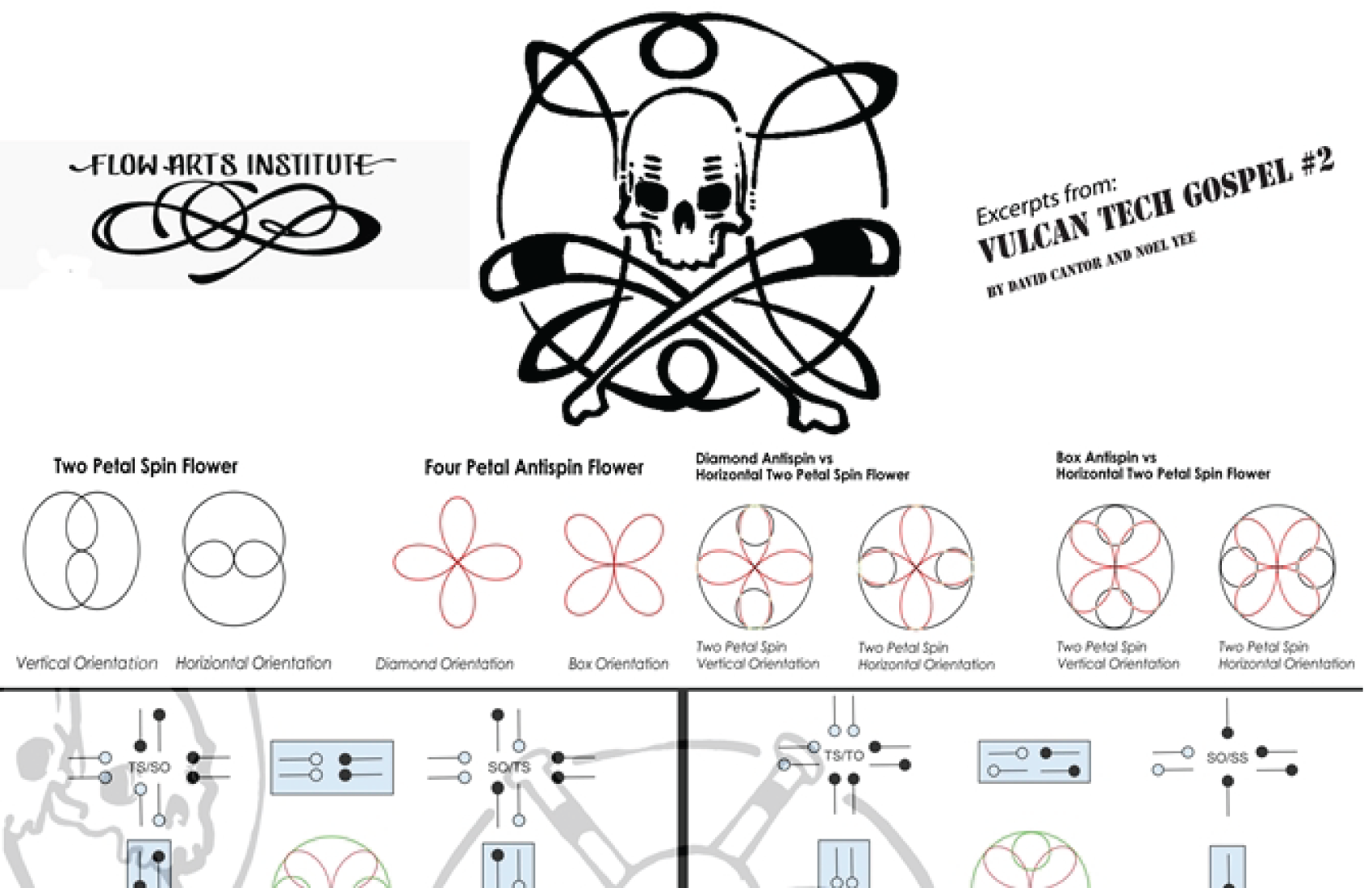Let’s talk poi, folks. It seems to be the most popular prop lately, and the flow arts community is starting to grow faster than proper information can spread. In the interest of helping you find your flow and make it last, here is some useful information for picking your first set of poi, and some tips and tricks to get …
Discoveries: Spin More Poi with Willow Solow
Willow Solow has immersed himself head first into the world of the flow arts. Considering himself a poi monk, he dedicates his life to learning, educating, and serving the poi and flow arts community. He strives to create an umbrella under which all poi spinners can have a unified reference for developed and practiced conventions and frameworks through Spin More Poi, which …
FAI Tutsday: 3 Poi Stack Swaps
[fusion_builder_container hundred_percent=”yes” overflow=”visible”][fusion_builder_row][fusion_builder_column type=”1_1″ background_position=”left top” background_color=”” border_size=”” border_color=”” border_style=”solid” spacing=”yes” background_image=”” background_repeat=”no-repeat” padding=”” margin_top=”0px” margin_bottom=”0px” class=”” id=”” animation_type=”” animation_speed=”0.3″ animation_direction=”left” hide_on_mobile=”no” center_content=”no” min_height=”none”] Eli Harrod brings us 2 useful 3 poi tricks called stack swaps. For the first trick, start a wall side weave with 3 poi in your hands . Tuck the pinky side in your armpit getting the …
FAI Tutsday: Split Time Opposite Direction
Split time opposite direction is when the hands pass the bottom beats at different times and are moving in opposite directions. Both hands meet on the sides of the body. Clapping on the sides can help this pattern make sense. This motion of this pattern feels a lot like double dutch. In addition, if you do taga, you can turn …
FAI Swag: Vulcan Tech Gospel Poster
With our new site comes some new merchandise for all you techy folks. This beautiful display of the Vulcan Tech Gospel will help you increase your skills to get ready for the season. For only $10, you can upgrade your tech understanding with this stylish and informative poster. This Tech Poster highlights parts of the VTG 1 and 2 With …
Flow Arts Discoveries: What is Poi?
History Poi originally comes from the Maori people of New Zealand, where it involves a longstanding tradition of music, dance, and singing. Traditional poi are made from natural materials for the cord and ball. The modern practice is significantly different from the traditional. The dances are less structured, the music can be anything we choose, and we have many different types …


